Welcome to our 'Cabinet of Curiosities'! These are typical misconceptions we often face
warning Note: These Q&A answers are generic. More details may be needed for specific problems:


The 'design life' belief
Q1: Equipment was designed for X years of life and it shouldn’t be failing until it reaches the X years age
A1: Design calculations only consider limited sets of loads. Deviations from design loads or any operational damage incurred are usually not included in the design calculations. While a designer can only consider idealistic situations, real life use is more diverse, especially if the design was ‘budget-driven’. The more simplistic the design equations, the more uncertainty is added to the operational integrity.
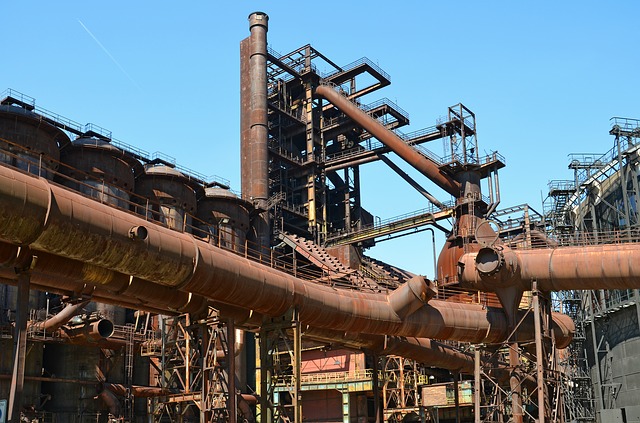
Safe with Safety Factors
Q2: Equipment has safety factors built-in, thus it can be safely used for another Y years
A2: Most operating conditions are random and contain possible excursions beyond the safety factors. This is especially true where damage accumulates over time (corrosion, erosion, cracking and more). Regular inspection and monitoring are needed to measure the actual damage progress and to control the risk of breaching design provisions.

Pressure Equipment is subjected mostly to Pressure
Q3: Internal pressure (and hoop stress) determines the minimum required wall thickness (MRWT) of pressure equipment
A3: Commonly, internal pressure induced stresses are a major but not the only component of a total stress. In fact, code approach of applying safety factors on hoop stress is rather a good empirical device against unknowns. For this reason, design corrosion allowances rarely represent actual degradation limits or guarantee fit for service equipment. Minimum wall thicknesses determined from design hoop stresses are in fact associated with an unknown failure probability.

Constant rate of crack growth
Q4: We inspected for cracking a year ago, and there was nothing after X years in operation, so the next cracking inspections aren’t necessary during the remaining Y years of operation
A4: The prominent misconception about cracking is based on assuming ‘steady’ cracking rates. The cracking process is nonlinear in time. Small cracks grow very slowly and long cracks grow very fast. The terms ‘small’ and ‘long’ cracks are also qualitative. The shorter cracks will also become critical the higher the stresses (as well as some other parameters) are. In addition, crack detection thresholds and probabilities also limit the inspection efficiency. So, the real answer for crack inspection planning is to estimate crack propagation intervals under a system of typical loads applied, by following a risk based screening method for fatigue susceptibility.
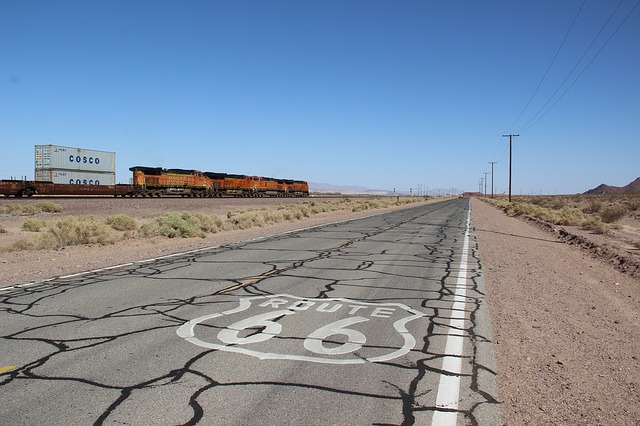
99 diseases of pressure equipment
Q5: There are many sophisticated mechanisms of corrosion cracking depending on the process media
A5: This is true that API-571 lists about ten corrosion assisted cracking mechanisms specific to various chemical environments. But, to get closer to the root cause, we can generalize that violent corrosion processes produce hydrogen ions which penetrate inside the steel. These ions combine and form bigger H2 molecules (at lower temperatures), or react with carbon to produce even bigger methane molecules (at higher temperatures). In both cases, the pressure in microscopic material voids builds up and tears the material apart from inside, as it becomes apparent through cracking. This is a simplified generalisation, but it highlights that there are two processes (chemical corrosion and mechanical cracking) acting consequently. Externally driven or residual stresses produce further favorable conditions for cracks to propagate. Therefore, the corrosion cracking damage mechanisms are working similarly in any environment, and can be mitigated by limiting corrosion rates via process controls or reducing the applied external stresses, for example by applying Post Weld Heat Treatment (PWHT) to minimize residual stresses from welding. What is actually needed for a practical corrosion cracking control is to establish threshold values of environment aggressiveness and to maintain the operational parameters below these thresholds, using equipment individual Integrity Operating Windows.

Inspection contractors are over-inspecting
Q6: NDT inspectors tend to exaggerate the required inspection coverage to achieve greater profits
A6: Yes and No. Not only do profits drive larger inspection coverage, but responsibility and liability matters also suggest inspecting as much as possible, within the time frame given. This is the ongoing battle against uncertainty. Namely, qualitative coverage recipes (like 10% or 50% of a vessel surface) cannot be substantiated at the required level of confidence, without a statistical analysis of the data collected. Moreover, a wrong choice of inspection locations may counteract the benefits of a larger coverage. To get the most confidence from Non-Intrusive Inspections (NII), a process of identifying suspicious locations, selecting NDT tools adequate to the damage morphology, then inspecting and statistically analyzing the results should be applied iteratively and in synergy with the Risk Based Inspection planning (RBI) activities. The issue of finding balance between over-inspecting and under-inspecting can be resolved using probability prediction tools, as opposed to qualitative coverage recipes.

Inspections reduce risks
Q7: Inspections were completed where the risk controls were needed. Mission complete.
A7: Inspections as such don’t influence risk. Similarly as watching a volcano eruption doesn’t affect the eruption process. Inspection is a risk monitoring tool. Inspection results must be supplemented by risk minimization controls to actually affect the risks. Inspections only affect our knowledge of the risks. Usually, follow-up inspections are applied to refine the risk knowledge. This rightful approach, however, shifts the focus from controlling risks to monitoring them. But the risks themselves are not sensitive to their monitoring or assessment tools. Our primary goal is to quantify the risks objectively, e.g. numerically and probabilistically, in order to deploy the relevant risk controls at right times, while inspections are intended to provide relevant data for such assessments.
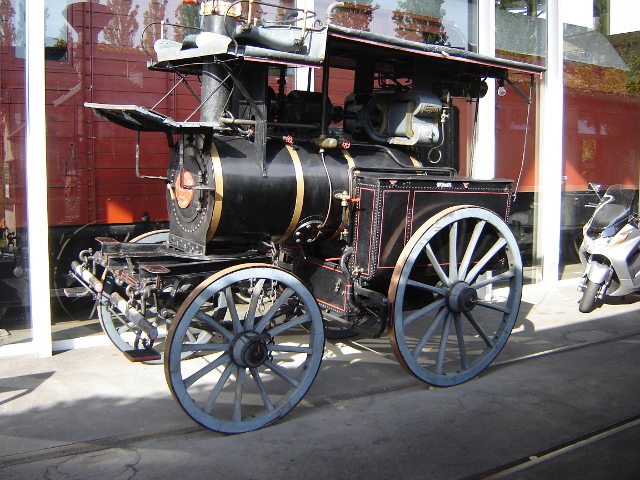
Stresses below the 'Fatigue Limit' are safe
Q8: There is an absolute fatigue limit, e.g. a threshold of stress below which material fatigue doesn’t proceed.
A8: This postulate originated from the 19th century when machinery and fatigue testing rigs were quite slow and didn’t apply as many stress cycles as we apply to equipment today. Until the end of 20th century it was assumed that a steel test piece which survived approximately 1 million fatigue stress cycles would go on to survive indefinitely. The corresponding cyclic stress amplitude was usually called the ‘fatigue limit’. But, over the past 50 years the fatigue limit has shifted towards a higher and higher number of stress cycles. The revision process has been continuous. It became apparent that fatigue limit is not a physical property, just a simplification subject to a list of limitations. Recently, world renowned professors Claude Bathias and Paul C. Paris issued a breakthrough scientific book called ‘Gigacycle Fatigue in Mechanical Practice’. Using novel equipment, they found that steel specimens show failures even beyond 100 million cycles of stress. This number of cycles becomes sufficient for material internal microscopic imperfections to develop into critical size cracks. This applies to polished specimens, where surface notches were thoroughly removed. If we consider a real-world weld detail, it is rarely polished. But even if it was, a coarse grain Heat Affected Zone adjacent to the weld seam would anyway be the source of imperfections to develop into cracks. Another impediment for a fatigue limit existence is the real load spectrum, where stresses are variable and probabilistic. Stress spikes above typical stress amplitude are always present in reality. These spikes are much more damaging than ‘usual’ stresses, and in fact, infrequent stress spikes can drastically limit the equipment fatigue life expectancy. The good point is that all this can be modeled nowadays, including probabilistic terms of fatigue failures.
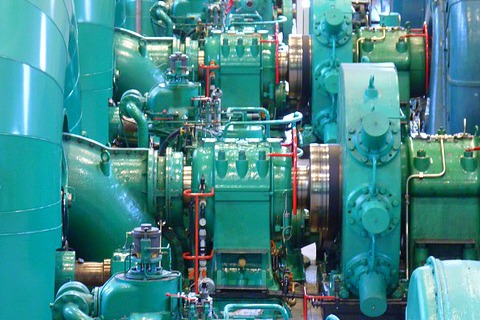
Nothing reciprocating - No vibration
Q9: We don’t have mechanical sources of vibration and thus shouldn’t worry about vibration fatigue
A9: Vibration works as an energy loss mechanism (similar to friction, noise and heat dissipation). If there is much energy applied in our process, it will find its way to dissipate. It may choose among several mechanisms like fluid vortices, acoustic pulsation, structural transmission of dynamic loads. Any equipment has multiple natural frequencies and vibration modes. Impact excites the most ‘energy efficient’ modes, which are the lowest possible by frequency (usually between 10 and 100 Hz) but largest by the vibration amplitude. As the amplitude drives deformation and stress, the lowest frequencies are associated with higher stresses. Vibration is dangerous because at 10 to 100 Hz many millions or billions of stress cycles are accumulated relatively quickly, and absolute fatigue limits don’t exist as we discussed above. What to do? Firstly, design against it, secondly – monitor it in operation and thirdly – predict remnant lives and control risks accordingly.
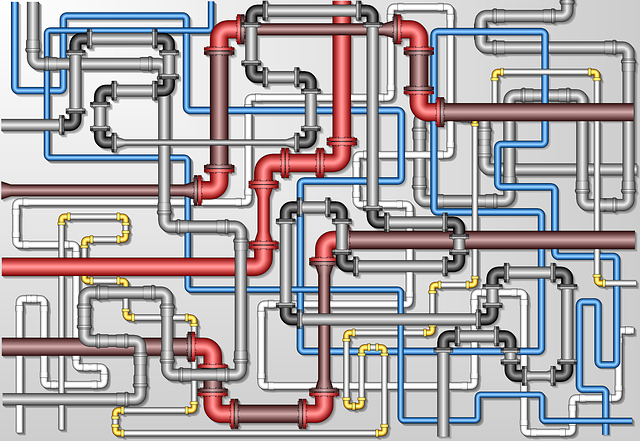
Nature is too complex. Why don't we just relax and address it on a statutory basis
Q10: It is impossible to assess all unknowns in operation, so, why don’t we just adhere to the minimum risk controls and save money?
A10: Short term savings today may result in tragic losses tomorrow. From a business sustainability viewpoint, proficiency is measured by how well we know our plant future, hence how well can we control this future. The earlier our intervention, the cheaper the risk management for everyday operation. For example, something that drives an unplanned month long shutdown tomorrow (at 1 million a day cost) could be mitigated at the design stage, also in one month, but for 1 thousand a day. Our win/loss ratio in this scenario is 30 million dollars. This is why we promote a holistic, lifelong and risk based approach to plant integrity issues. There is too much at stake to simply give up and stop the risk control work.

Our Value Proposition:
We highlight typical misconceptions for you, to provide a firm science based support for your risk management decisions.
We use relevant damage mechanics, stress and fatigue analysis and data analysis to make their application will be risk relevant.
Our approach is constructive: instead of criticizing the practices, we create soundly balanced solutions to exceed expectations.
Please feel free to message us mail_outline to learn more about our Innovation portfolio and possibly receive Free Trials of our solutions.












